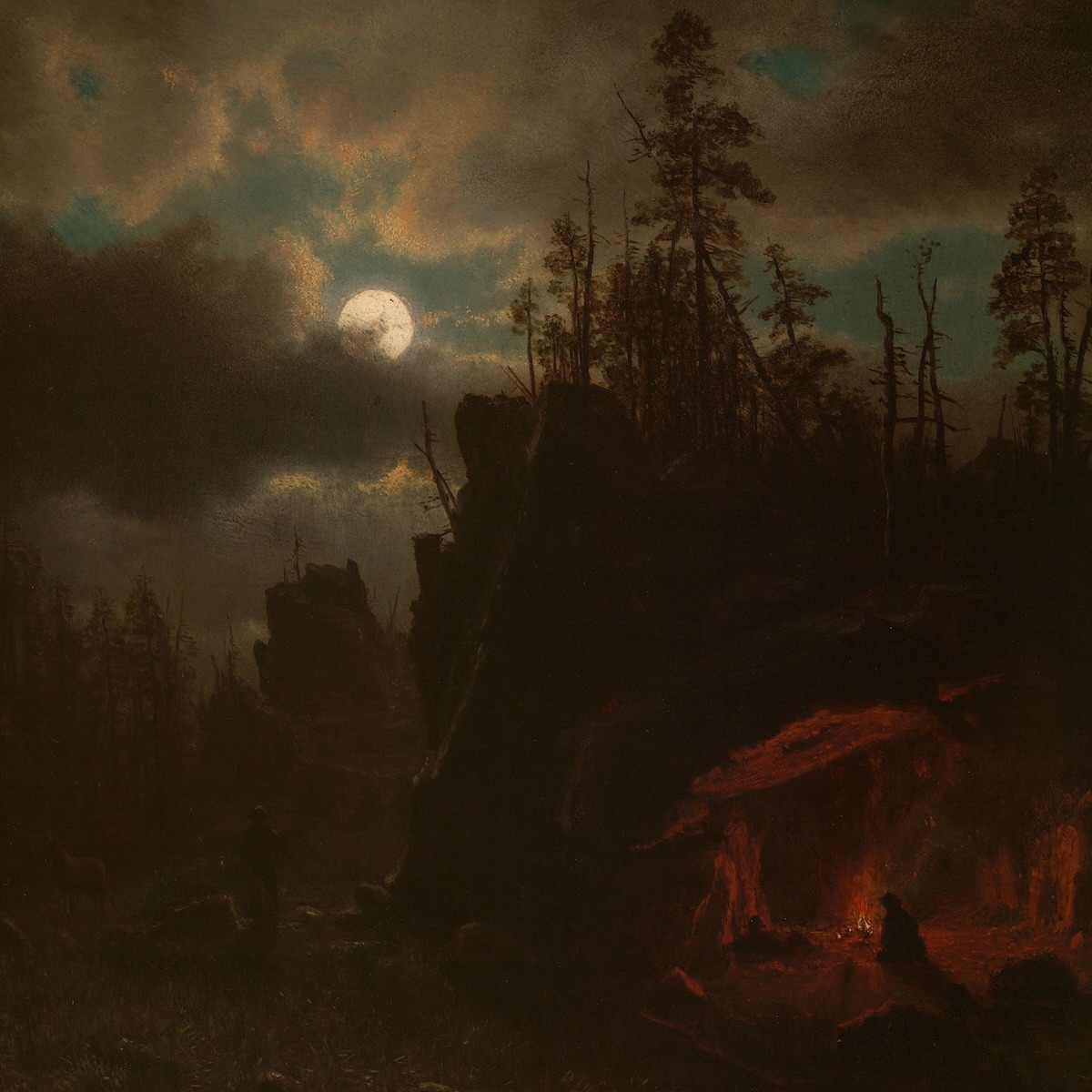
Shorts: To Build A Fire
Jack London
Year
1908
Description
“To Build a Fire,” written by Jack London and published in 1908, is a gripping narrative that encapsulates the brutal reality of man versus nature. Set in the harsh, subzero environment of the Yukon during the Klondike Gold Rush, this short story follows an unnamed man who embarks on a perilous journey across the frozen tundra to meet his companions at a remote camp. The story is a profound study in hubris and survival, highlighting the man’s initial dismissal of the local warnings about the dangers of traveling alone in extreme cold. As he faces the bitter temperatures, which reach seventy degrees below zero, his confidence is slowly eroded by a series of miscalculations and the overwhelming power of nature. The pivotal moment comes when he fails to successfully build a fire, a critical error that jeopardizes his life. Jack London’s stark and unforgiving prose drives home the merciless beauty of the wilderness and the fragile limits of human endurance. The narrative is meticulously detailed, describing the man’s psychological state and the physical challenges of his environment, from the numbing cold to the deceptive snow-covered terrain. The dog that accompanies him, more adapted to the conditions, offers a stark contrast to his human companion’s perilous underestimation of the Arctic’s brutal reality. “To Build a Fire” is a classic example of naturalism, where nature itself is a force to be reckoned with, indifferent to the struggles of the protagonist. The story serves as a cautionary tale about the hubris of mankind and the essential respect that the natural world demands. Dive into “To Build a Fire” by Jack London, a masterclass in the adventure genre that explores the themes of survival and the humbling power of nature. This short story is a compelling testament to London’s ability to capture the stark realities of human vulnerability in the face of the vast, unconquerable wilderness.
